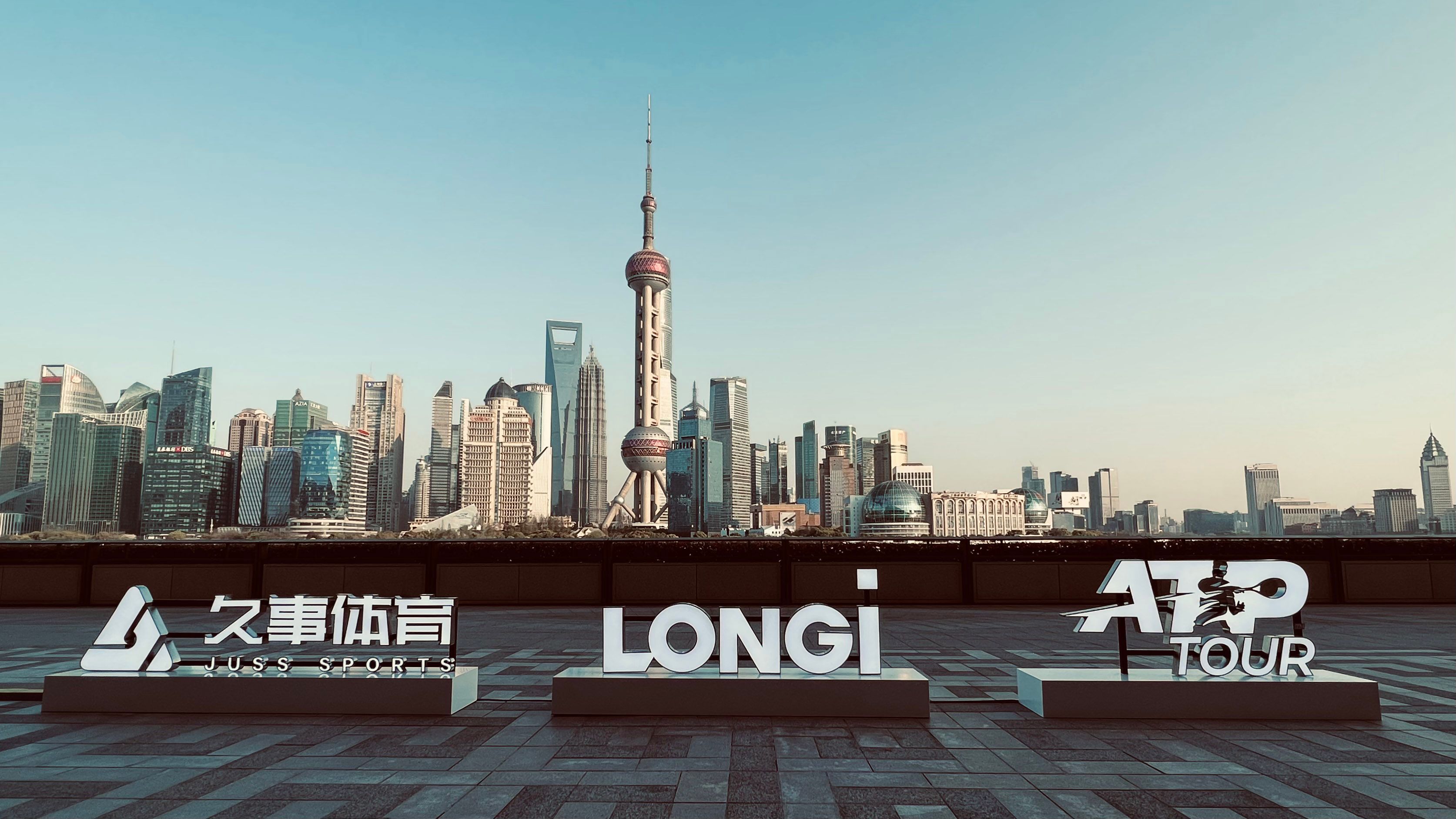
Sport plays an important role in most of our lives. Even if we don’t identify as sports fans, we probably participate in it in one way or another. But only a few know about the climate impact sport events have.
Though it is hard to measure, it is broadly recognized that unsustainable practices in sport have further contributed to climate change. The UN’s Sport for Climate Action Framework, launched in 2016 by the United Nations Framework Convention on Climate Change (UNFCCC) encourages sport organizations to help reach the Paris Agreement’s goals, compelling the signatories to take systematic measures to reduce their carbon emissions and reach climate neutrality by 2050. And that will be, like in many cases related to the climate crisis, challenging – to put it mildly.
More bad news for the planet - The carbon footprint of sport events is too high.
Estimates from the New York Academy of Science suggest that annual global emissions from the sport could be of the order of 350 million tons CO2e. This equates to about 1% of all emissions linked to energy and cement production in 2019.
The environmental impact stems from various factors. These include emissions from transportation to and from events by athletes, staff and spectators, the construction, energy consumption and use of various sporting venues and facilities, supply chains for the merchandise and sports equipment, waste disposal, wastes use and impacts on biological diversity as well as food and beverages (looking at those hot dogs and chips).
Emissions are just one of the problems.
Plastic waste in general is projected to triple by 2060, according to the latest forecasts by the OECD’s Global Plastics Outlook, rising from 353 million tons of waste in 2019 to 1 billion tons over the course of the next four decades.
How does this behave in tennis? The reality is harsh. The New York Times estimated that 350 million tennis balls are manufactured and used around the world. Less than 0.5% of tennis balls are recycled globally, which means millions of tennis balls or 35,000 tons of non-recyclable waste incurred in ball games end up in landfills each year.
It takes over 200 years to degrade a PVC ball naturally. What a dead end.
LONGi and ATP: a partnership aiming at creating low-carbon tournaments.
When we started to partner with ATP Tour in 2023 (see our announcement here), we disclosed our long-term plan to promote and build green sports, starting with tennis. The corresponding concept was called “Plan G-E-T” (Green Energy Tour) and we set out with ATP on a Green Tour across 11 cities around the world. In the long run this concept would provide ideas and approaches to fuel the debate on how to create green sport and at the same time deliver sustainable, ecological solutions. This included reducing the waste of resources, taking low-carbon actions and creating a green ecosystem using clean energy.
Using the power of social to address climate change in sports.
As ATP Tour’s Official Solar Energy and Hydrogen Partner, we will and have been exploring new paths of sustaining green sport as it has become a global expectation and duty. Sport is both, one of the contributors and casualties of global warming. However, it is in a unique position to be part of the solution for several reasons.
First, its broad social platform makes it a strategic tool in influencing people’s attitudes; its reach extends to almost all geographical areas and social backgrounds. Billions of individuals are involved in sport either as spectators, practitioners, or facilitators. Second, sport can play an important role in educating and raising awareness towards global warming and more broadly environmental issues, including promoting a healthy, sustainable lifestyle. A study found that fans are receptive to environmental initiatives, partaking in the efforts to reduce environmental footprints not only when attending sport events, but also in their everyday behaviors and as advocates within their local communities. Targeted environmental sustainability campaigns therefore can be key in this process – LONGi got you covered!
Addressing the plastic ball problem on three levels.
As indicated, part of the sustainability issue is based on the extensive use of tennis balls that are not recycled and re-used. It sounds so trivial and yet poses a huge waste problem.
During ATP, we have addressed this by creating a used tennis ball recycling event in a key European city. In a second step, we were recycling rubber from this event and locally used balls during the ATP tournaments to avoid landfill and the incineration of waste, prevent CO2 emissions and reduce the use of petroleum-based materials.
Finally, we would breathe new life into the recycled tennis balls and use them to build something new.
LONGi Plan-GET aspired to have an impact on the world through green ideas and, through the energy of each person and each action.
September marks the start of the Laver Cup in Berlin as one of the last stages in 2024's ATP Tour and for LONGi to raise awareness for the link between sport and climate change.
You can already learn more about Plan GET here.